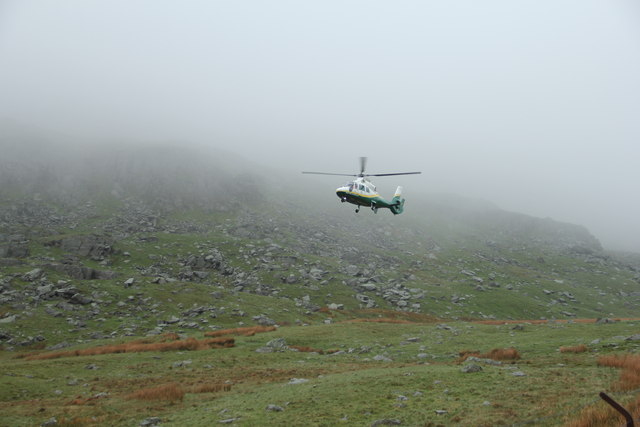There are several terms used to describe a situation where a medial flight does not arrive even after a call. The reasons behind this could be several but it is important to categorize these using appropriate terminologies so that an organization that owns the medical flights can optimize and also gauge its effectiveness. It makes gathering of meaningful data easy. Let’s explore these terminologies in some detail.
Cancelled Medical Flight Calls
The category ‘cancelled’ should only be used to describe those situations where the medical flight has taken off, but it is asked to return when it is en route to the patient’s location. The reason behind this could be demise of the subject that warranted the air ambulance service in the first place or a change in situation where it is felt that the medical condition is not serious enough to warrant a medical flight.
Stand Down of a Medical Flight
When the risk of flying to a particular location is too high, the mission to serve the patient is usually abandoned. All such instances must be categorized under ‘stand downs’. This directly affects the dispatch rate but it is a call that must be taken keeping the safety of the crew in mind.
Aborted Missions
The decision to abort a medical flight mission is usually only taken when the weather condition is too harsh to fly. Missions can also be aborted owing to mechanical problems or inability to fly during bad light.
Once all the missed flights are segregated in the above categories, it becomes easy for the medical flight service provider to gauge what is causing the changes in the dispatch rates. Any areas of improvement such as night vision must be dealt with so that superior service and better dispatch rate can be achieved. The categorization also helps medical flight organizations to set targets and better organize themselves.


